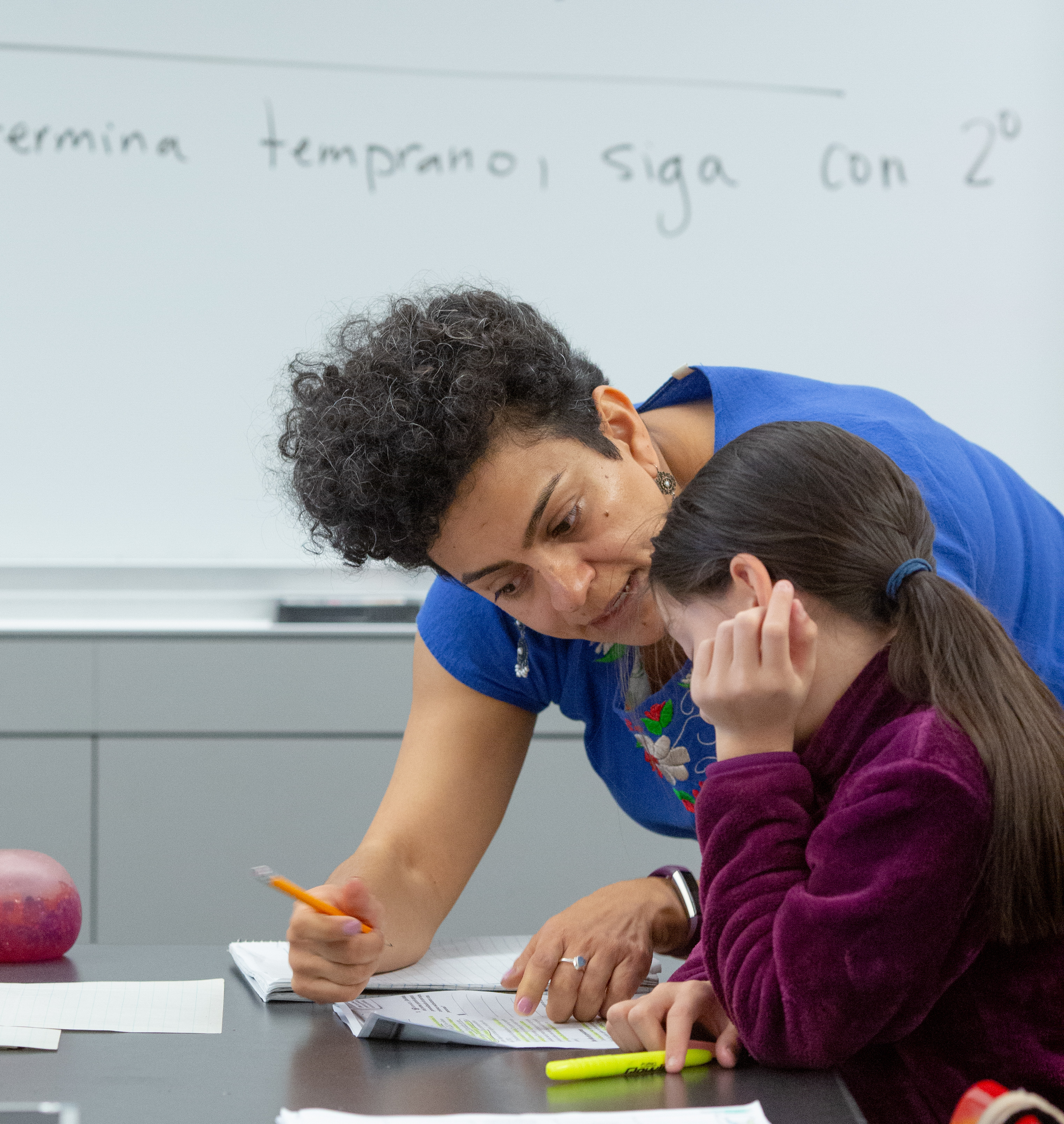
Student reading and mathematics scores declined during the pandemic, and racial achievement gaps widened in math. That’s according to the latest National Assessment of Educational Progress assessment results, colloquially known as The Nation’s Report Card. average scores for age 9 students in 2022 declined five points in reading and seven points in mathematics compared to 2020. This is the largest average score decline in reading since 1990, and the first ever score decline in mathematics. The scores are now similar to what they were in 2004 in reading and 1999 in math. The declines were significantly steeper for Black (15 points) and Hispanic students (12 points) than for White students (8 points) in math, widening the racial gap in math for the first time in a decade.

Most of us envision college students as 18- to 21-year-olds fresh out of high school moving into on-campus housing to attend school full-time. But a new documentary shows how this is not the reality for most. Lumina Foundation teamed up with documentary photographer Rachel Bujalski to provide a photographic portrait of the reality of today’s college students and some of the barriers they face. Almost 40 percent of college students are 25 or older; 46 percent are first-generation college goers; and 42 percent are students of color. A majority of college students work—many full time—while supporting themselves through school. Some of them are parents and have family responsibilities as well.

Recently there has been much national news coverage concerning the teacher shortage. A new working paper finds that while the pandemic exacerbated shortages in specific teaching areas and in some states with longstanding staffing challenges, the challenge is not consistent nationwide. The 74’s A ‘National Teacher Shortage’? New Research Reveals Vastly Different Realities Between States & Regions concludes—while acknowledging that the data are incomplete—that thousands of vacancies appear to be localized in just nine states. The report also highlights a separate concerning issue: approximately five percent of the national teaching workforce is teaching without certification or outside of their subject area.

The weekly wages of teachers increased just $29 from 1996 to 2021, adjusted for inflation, the article Teacher ‘pay penalty’ hits new high from The Washington Post finds. This can be compared to other college graduates across a range of professions who saw a $445 increase in weekly wages. According to an analysis by the Economic Policy Institute, this “teacher wage penalty” grew to a new high in 2021, with teachers earning 23.5 percent less than other college graduates. This analysis can be considered alongside a new report from the National Center on Teacher Quality (NCTQ). State of the States 2022: Teacher Compensation Strategies, looks at state policies and notes the challenges for a field in which compensation is typically set by a bargaining agreement or policy which makes it slow to respond to labor market pressures. NCTQ argues that thinking strategically about teacher compensation strategies is key to attracting and retaining top-notch teachers.

Nine in ten school districts offered summer learning programs this year, most of them at no cost to families, The 74 estimates. As outlined in New Data: Was 2022’s Summer Learning ‘Explosion’ Enough To Reverse COVID Losses?, the average program length was 154 hours, just under four weeks and roughly equivalent to 12 percent of the academic school year. Most districts offered programs that went beyond core academic classes, including activities such as theater, debate and robotics. About two in five worked with community organizations to design their offerings. The article notes that experts have mixed views on whether summer school options are helping students avoid the “summer slide” and whether districts will continue to see summer learning as a priority once the federal pandemic recovery funding winds down.




